
It began with a wall of wind so formidable it stunned even veteran meteorologists. Hurricane Melissa stormed ashore over western Jamaica at 1 p.m. EDT on October 28 as a high-end Category 5 storm, its sustained winds reaching 185 mph and its central pressure diving to 892 millibars, tying the Labor Day Hurricane of 1935 as the strongest landfalling Atlantic hurricane on record. For Jamaica, it was an unprecedented event: no storm of this magnitude had ever struck the island in recorded history.
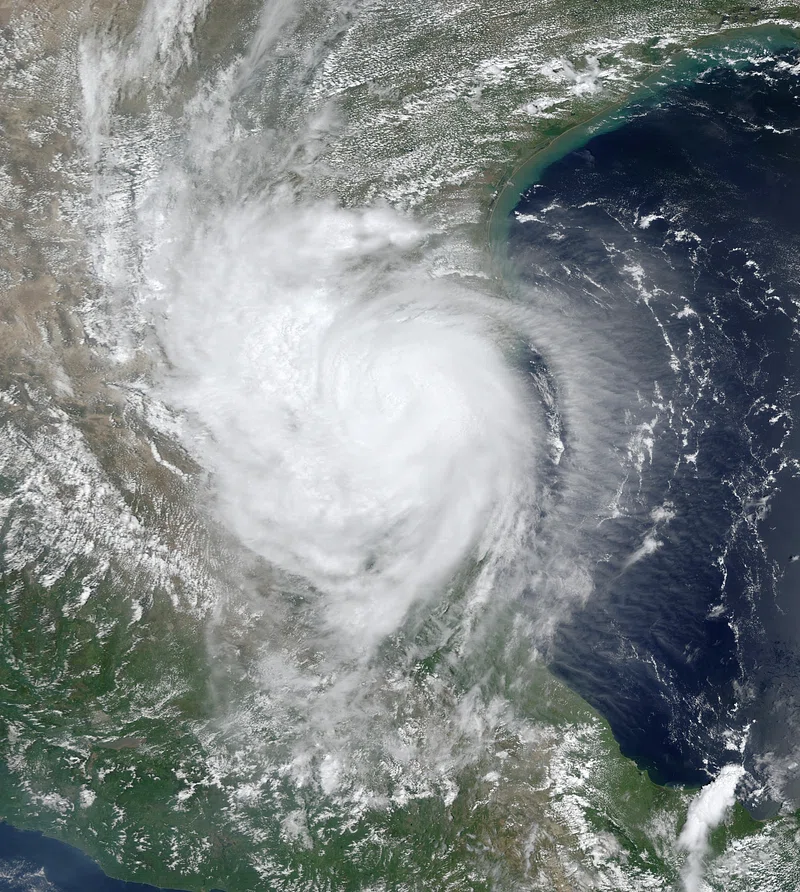
1. A Historic First for Jamaica
Melissa made landfall as a Category 5 hurricane, the strongest on record to hit Jamaica. The U.S. National Hurricane Center warned of “catastrophic” winds, storm surge, and rainfall totals reaching as high as 40 inches in isolated areas. Prime Minister Andrew Holness said, “There is no infrastructure in the region that can withstand a Category 5.” The western end of the island was bearing the brunt of the eyewall’s fury, with a higher proportion of poorly built structures.

2. Global and Regional Impact
Melissa was dubbed the strongest tropical cyclone of the world in 2025, beating the Western Pacific’s Typhoon Ragasa. The World Meteorological Organization described the storm as the “storm of the century”. At least seven people are reported to have died across the Caribbean – three in Jamaica, three in Haiti, and one in the Dominican Republic. As many as 1.5 million people in Jamaica may be exposed to the hurricane, according to the International Federation of Red Cross and Red Crescent Societies.
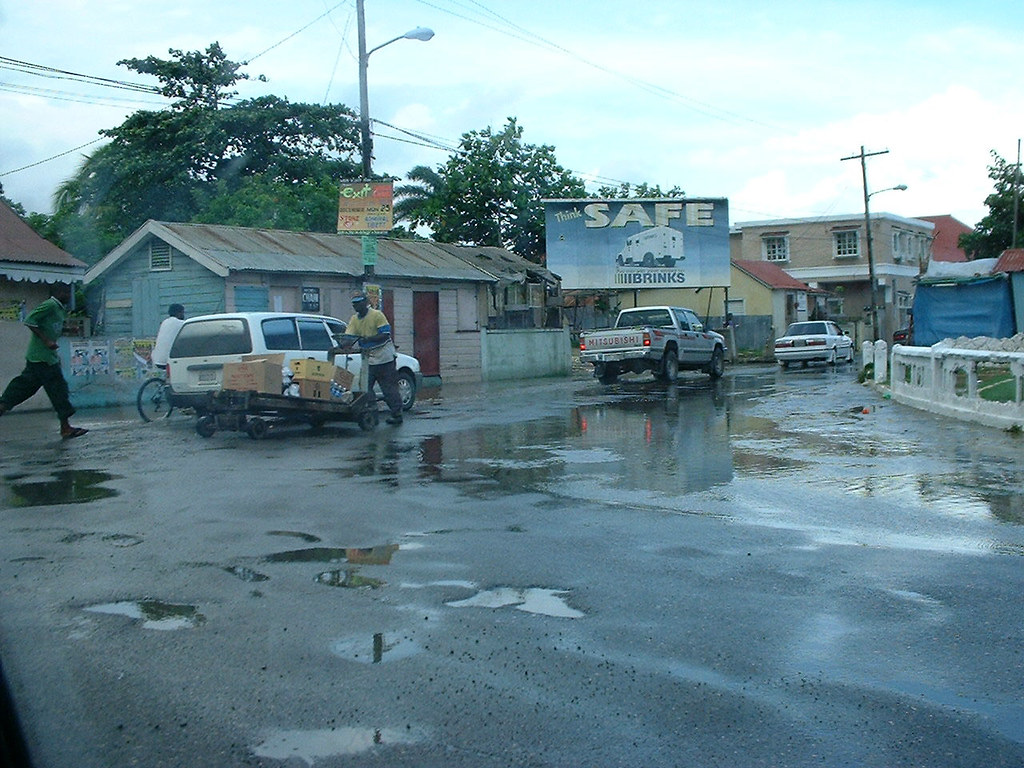
3. Catastrophic Storm Surge and Rainfall
Storm surge forecasts predict 9–13 feet of inundation </b along Jamaica’s southwest coast, with large battering waves adding to the destruction. Surge levels were similar in southeastern Cuba. Torrential rains up to 30 inches in many areas were set to trigger deadly landslides in Jamaica’s mountainous terrain. Historical comparisons put Melissa’s rainfall in league with events like Hurricane Flora in 1963, which dropped 60 inches in Jamaica and over 100 inches in Cuba.
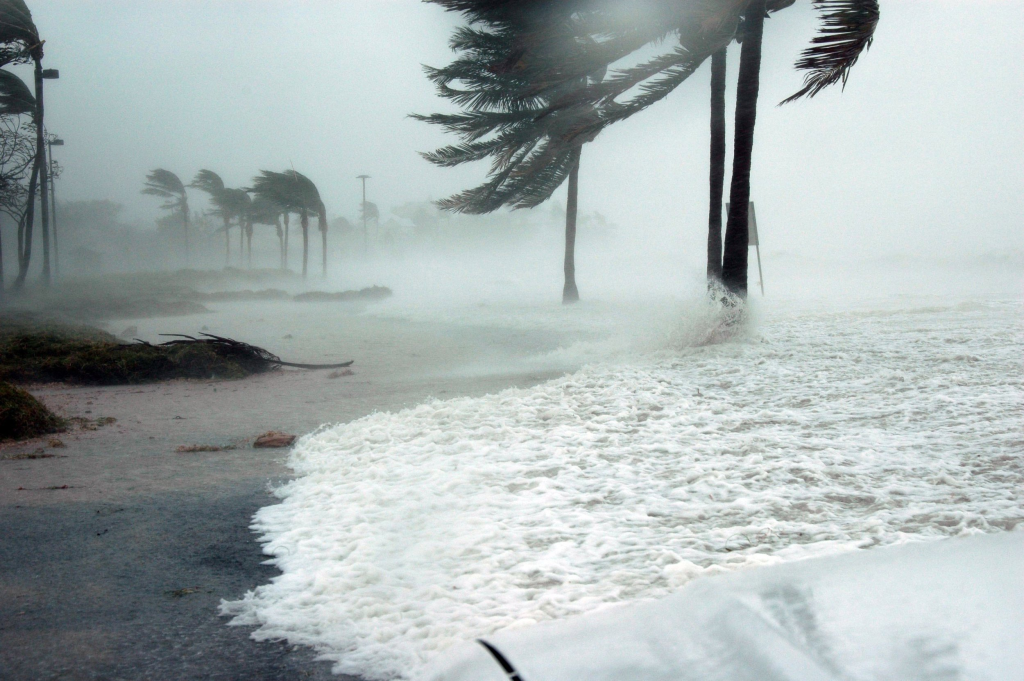
4. Record-Breaking Winds
Melissa produced an eyewall dropsonde gust of 252 mph at 657 feet that has been declared a world record, besting the previous record from Typhoon Megi in 2010. Wind speeds were estimated over 230 mph at much higher altitudes, supporting the likelihood of total structural failures. Recon missions encountered extreme turbulence-the NOAA and Air Force Hurricane Hunter missions were aborted or forced to alter plans.
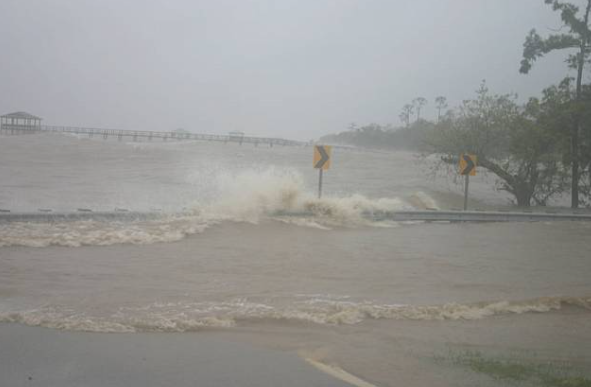
5. Slow-Onset, Long-Duration Hazard
If Melissa was only moving at 3–4 mph before picking up her speed, it means that exposure to destructive winds and flooding would be longer. “Slow-moving major hurricanes often go down in history as some of the deadliest and most destructive storms on record,” said AccuWeather’s Jonathan Porter. The longer timeline increased damage and also made rescues more problematic.
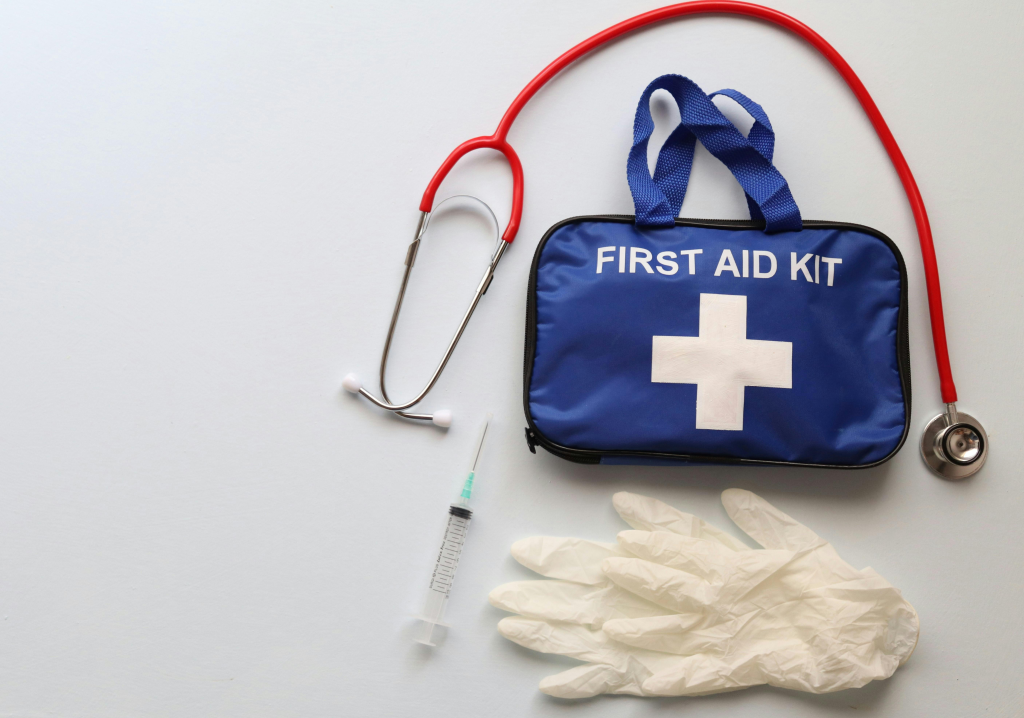
6. Survival Measures Underway
Guidance issued by the National Hurricane Center was unequivocal: “THIS IS AN EXTREMELY DANGEROUS AND LIFE-THREATENING SITUATION! TAKE COVER NOW!” Residents were advised to take shelter in interior rooms without windows, use mattresses for protection and wear helmets. Emergency officials warned people not to venture out during the brief lull in wind when the eye passed over because the storm’s return winds may bring an even more intense impact.
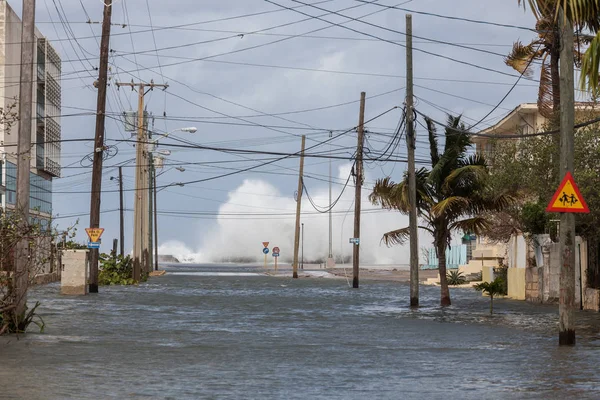
7. Cuba Braces for Impact
Melissa’s track aimed it toward eastern Cuba, where evacuations were underway for more than 600,000 people. Deputy Prime Minister Eduardo Martínez described the phenomenon as “unprecedented.” Rainfall totals up to 20 inches and significant storm surge threatened the provinces of Santiago de Cuba, Holguin and Guantanamo. Its fragile electrical grid, already battered by previous storms, was at risk of another island-wide collapse.
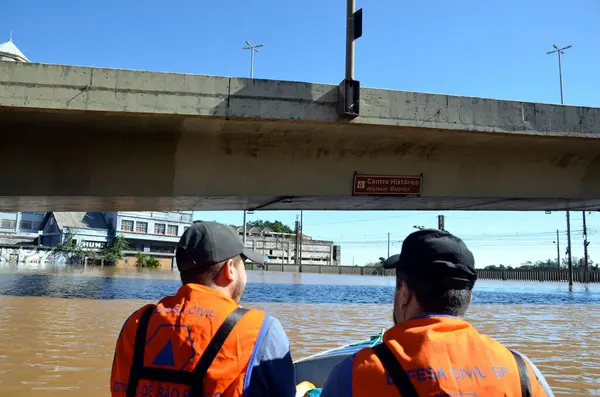
8. Managing Fear and Building Resilience
Extreme warnings of hurricanes evoke a primal survival response in people, often manifesting as anxiety and panic. Professionals urge actionable steps: find a safe shelter, communicate, and stock up on basic supplies. Community resiliency plans-such as the pre-deployment of aid and clearing teams-have been bolstered from lessons since Hurricane Beryl last year. Retired Major General Antony Anderson pointed out that Jamaica activated its emergency protocols, including readying shelters and supplies in preparation to hasten recovery once the weather allows.

9. International Support and Recovery Planning
Global aid offers flowed in from the UN, the U.S., the EU, among other nations. Relief organizations like GlobalGiving and Water Mission have established special funds for Hurricane Melissa to aid in search and rescue operations, medicine, clean water, and long-term rebuilding. The Jamaican Diaspora came together to make sure there was effective distribution of aid to the communities most in need.
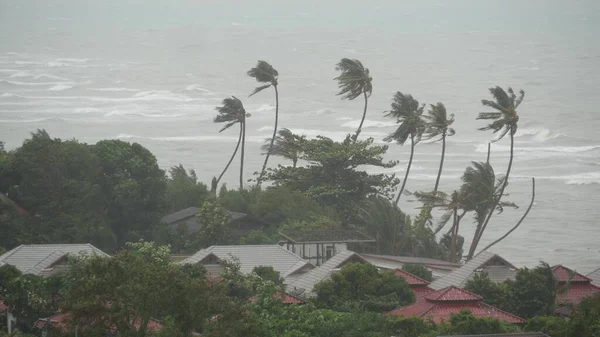
10. Climate Change’s Fingerprint
Climate Central’s rapid attribution study showed that climate change made Melissa’s winds about 10 mph stronger than they would otherwise have been, underlining the growth in the necessity of climate adaptation strategies for hurricane-prone regions: to build stronger infrastructure, improve flood defenses, and put in place better systems that can cope with future extremes. As the eyewall of Melissa grinds across Jamaica, with eyes now turning toward Cuba, the focus will fall upon survival, calm decision-making, and a sense of communal strength in facing up to one of the most dangerous storms in history.


